Located on the banks of River Yamuna, in the city of Taj Mahal, Agra, this white marble building is a stunning example of the Mughal Architecture. Although, built after many years of this tomb, The legendary Taj Mahal and Agra Fort reduced its importance among the tourists, but the glow of its white marble has not faded anywhere. I highly recommend to visit this place if you are in Agra.
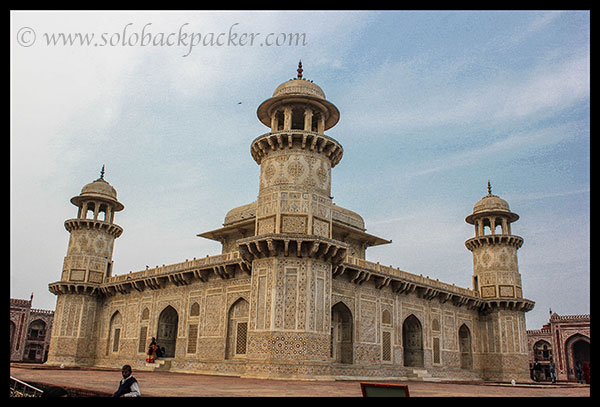
History: This is considered as the first tomb in India, that made out of White Marble. It is also famous as the Baby Taj, and it is supposed to be a draft for the construction of Taj Mahal. This tomb was constructed by Noor Jahan, the wife of Jahangir, for her father Mirza Giyas Beg, who was honoured with the title of Itmad-ud-Daula or the pillar of the state by the Mughal Emperor. Mirza Giyas Beg was a very poor merchant living in Persia.
In the hope of changing his fortune, he moved to India with his pregnant wife and three more children. On the way to India, they were attacked by the robbers, who took away all their belongings. In the days of that crisis, his wife gave birth to a girl. They did not have enough money to feed their newborn baby. They wanted to abandoned her somewhere, but on the way, they found a caravan moving to India. They joined that caravan and reached in the court of Mughal Emperor Akbar, where Giyas Beg became a diwan (treasurer).
The new-born baby girl had changed their fate, hence they named her Mehrunnisa or Sun of Womanhood. Giyas Beg performed his duty in a great manner and for his excellent work he was awarded the title of Itmad-ud-Daula or ‘Pillar of the State’ by the Emperor. Later Mehrunnisa became the wife of the Mughal Emperor Jahangir and history remember her forever by the name of Noor Jahan, The Light of the World. She commissioned this mausoleum in the Mughal Capital, Agra, as a tribute to her father.
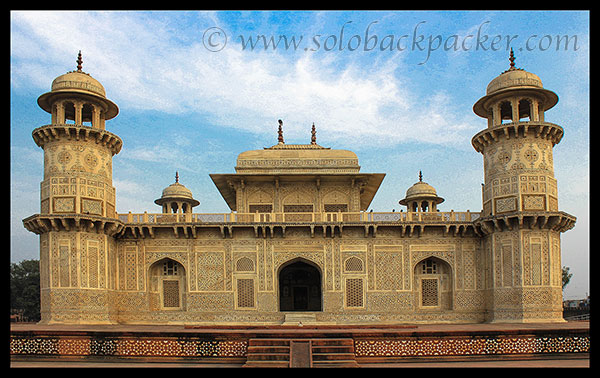
How to Reach? Itmad-Ud-Daula’s Tomb is situated along a wide-paved road going from Agra Fort to Ram Bagh via Ambedkar Bridge on the Yamuna River. The Tomb is about 4 kms from Agra Fort, 6 kms from Taj Mahal and 2 kms from Ram Bagh.
The best way to reach this tomb is to take a shared auto-rickshaw (tuk-tuk) or Vikram from Bijali Ghar Auto Stand near Agra Fort. This 4 kms journey takes about 30 minutes through the traffic and cost us INR 5 per person. If you are in Taj Ganj Area near The Taj Mahal, you can first take a shared auto-rickshaw from Taj Ganj Auto Stand (Popularly known as Adde) to Bijali Ghar (INR 5 per person) and then from Bijali Ghar, catch another auto-rickshaw to the tomb.
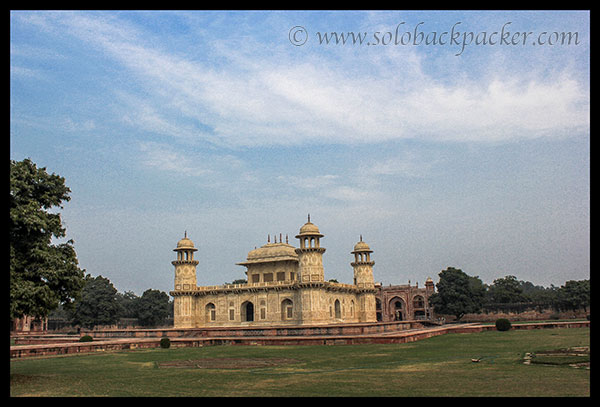
Ticket Cost: INR 10 per person for Indian Citizens and INR 110 per person for Foreign Nationals. Children below the age of 15 years are allowed to enter free of cost irrespective of their nationality. Photography is allowed free of cost, but for Videography, you have to buy an extra ticket of INR 25.
Opening Hours: All day throughout the year from Sunrise to Sunset. Ticket window closes 30 minuted before the sunset.
Visiting the Tomb: After buying the ticket, you can proceed on a paved pathway, that passes through a beautiful lawn covered by lush green grass and beautiful flowers. This tomb represents a transition between the first phase of Mughal architecture, primarily built from red sandstone with marble decorations, as in Humayun’s Tomb in Delhi and Akbar’s tomb in Sikandra to its second phase, based on white marble and excellent inlay work, most elegantly realized in the Taj Mahal.
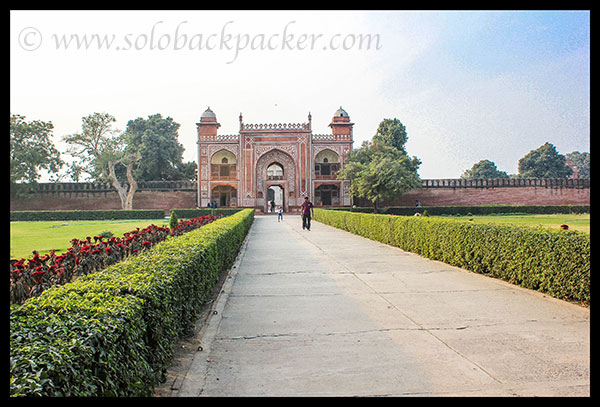
The Main entrance of the tomb is made of red sandstone. After crossing this massive gateway, you reach in a four quartered garden with the enclosing walls and side buildings, very obvious in Mughal monuments. These all side buildings are built with a red sandstone.
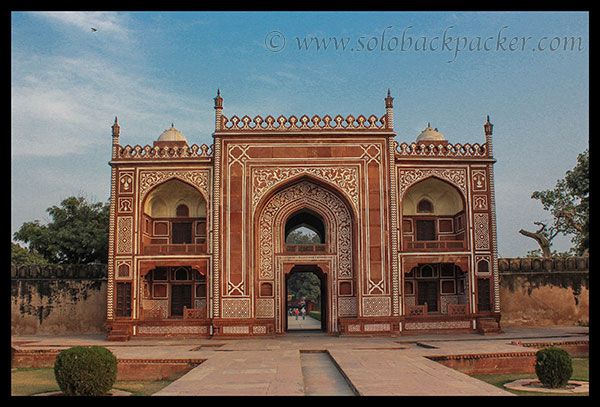
In the center of this garden, the main tomb of white marble stands out majestically. It stands on a huge base of red sandstone with four minarets attached to the main tomb building at four sides (these minarets are also there at Taj Mahal, but they stand out from the main tomb) and a rectangular structure in the middle. This rectangular structure in the middle has three arched openings on each side which are closed by Jalis except in the middle of north and south sides. It is protected by a chhajja above which is the Chaukhandi (pyramidal) roof, crowned by lotus petals and kalash finials. This tomb is an excellent example of dome-less Mughal Architectural Building.
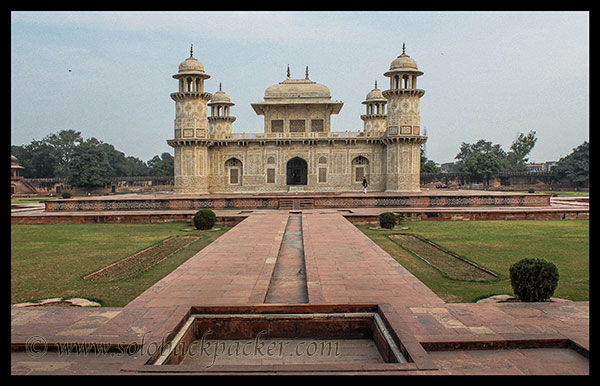
Inside the building, the cenotaphs of Noor Jahan’s father and mother are have been set side-by-side. The interior wall of this building are decorated with stunning paintings and stucco. There are flowers, wine-vase, animal and human figures all, perfectly carved in an excellent manner on the walls. There are many paintings in which flowers are kept in the different flower-pots to ornament this building in a beautiful way.
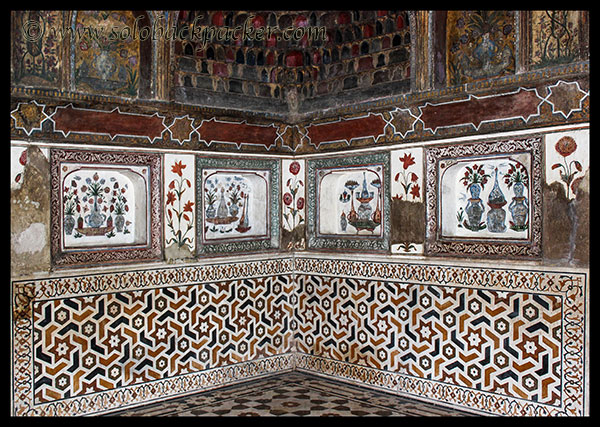
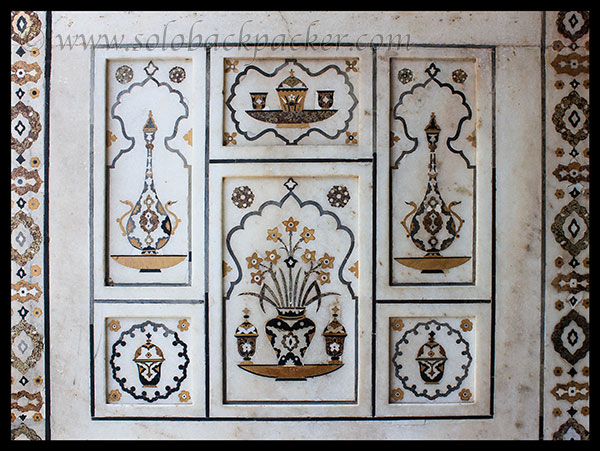
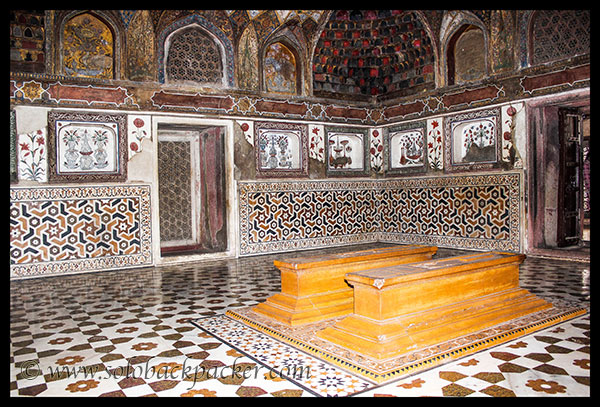
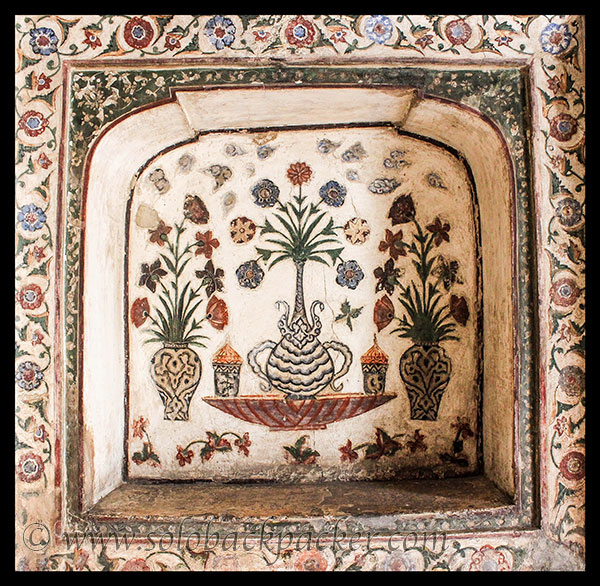
Back-side of this tomb is a nice place to view the sunset in Agra. There is very less water in the Yamuna and that too are polluted, but from the pavillion of this tomb, the sunset, the river and the Agra city looks very impressive.
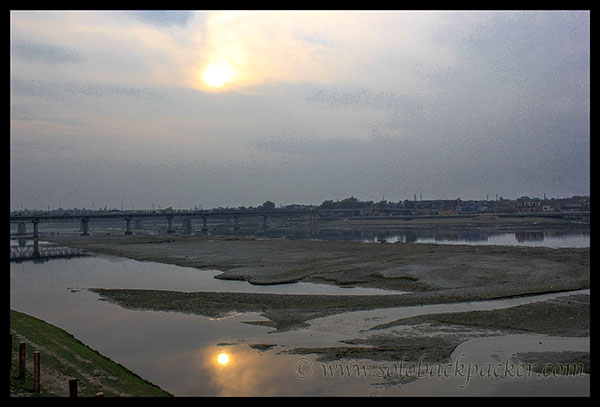
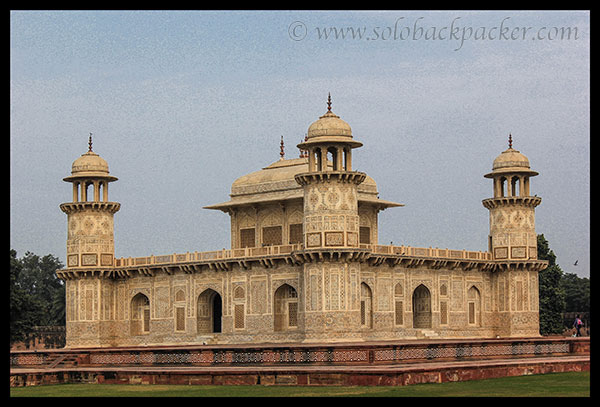
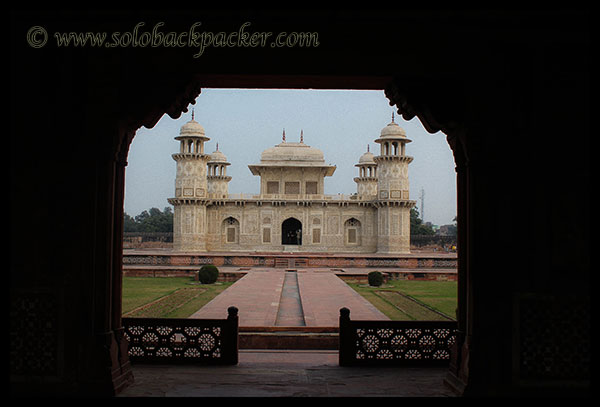
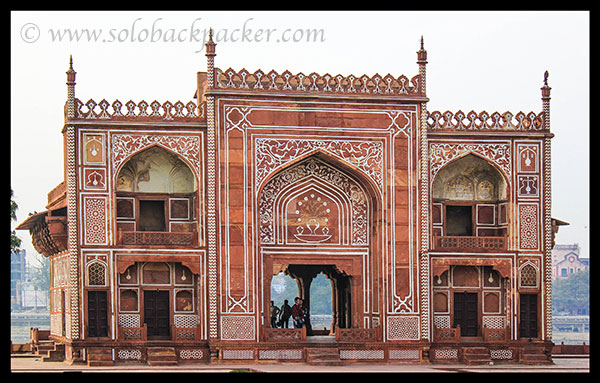


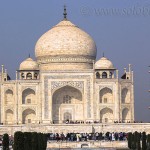
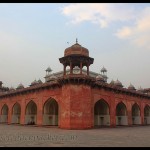
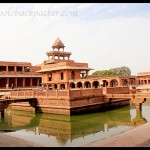
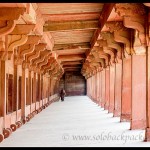
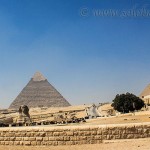
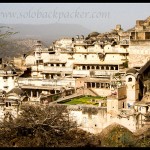
Not a bad blog, information-wise. There is still room for improvement in the grammar department. You should work on that.
Thanks for suggestion. Trying to improve as much as possible.